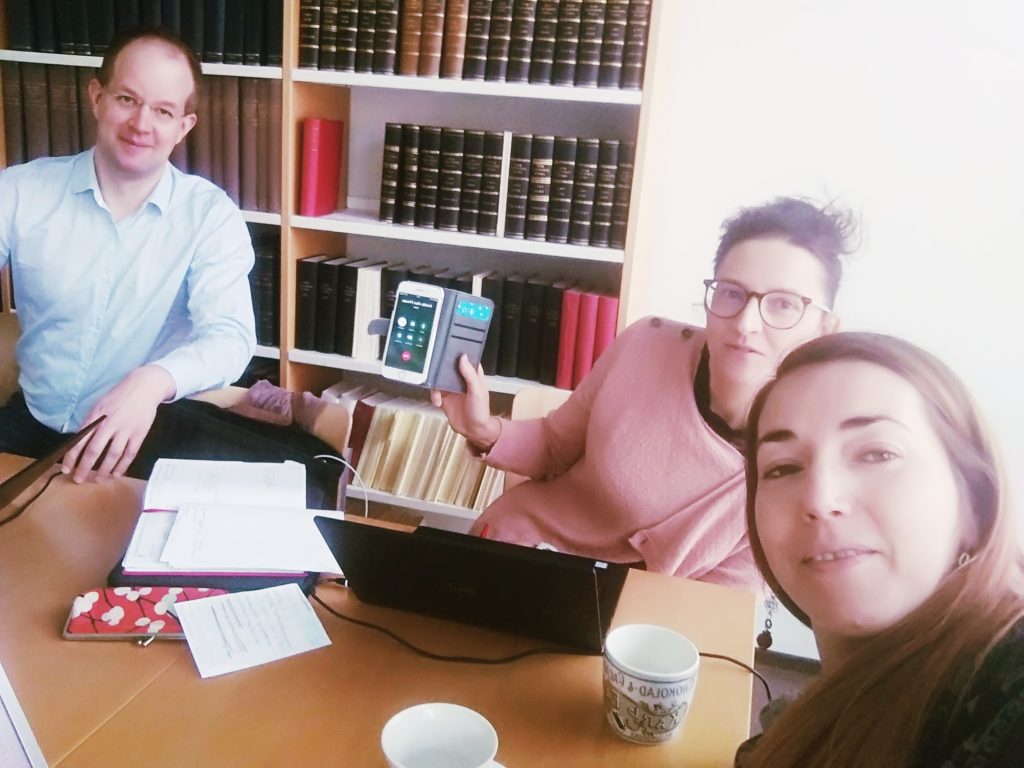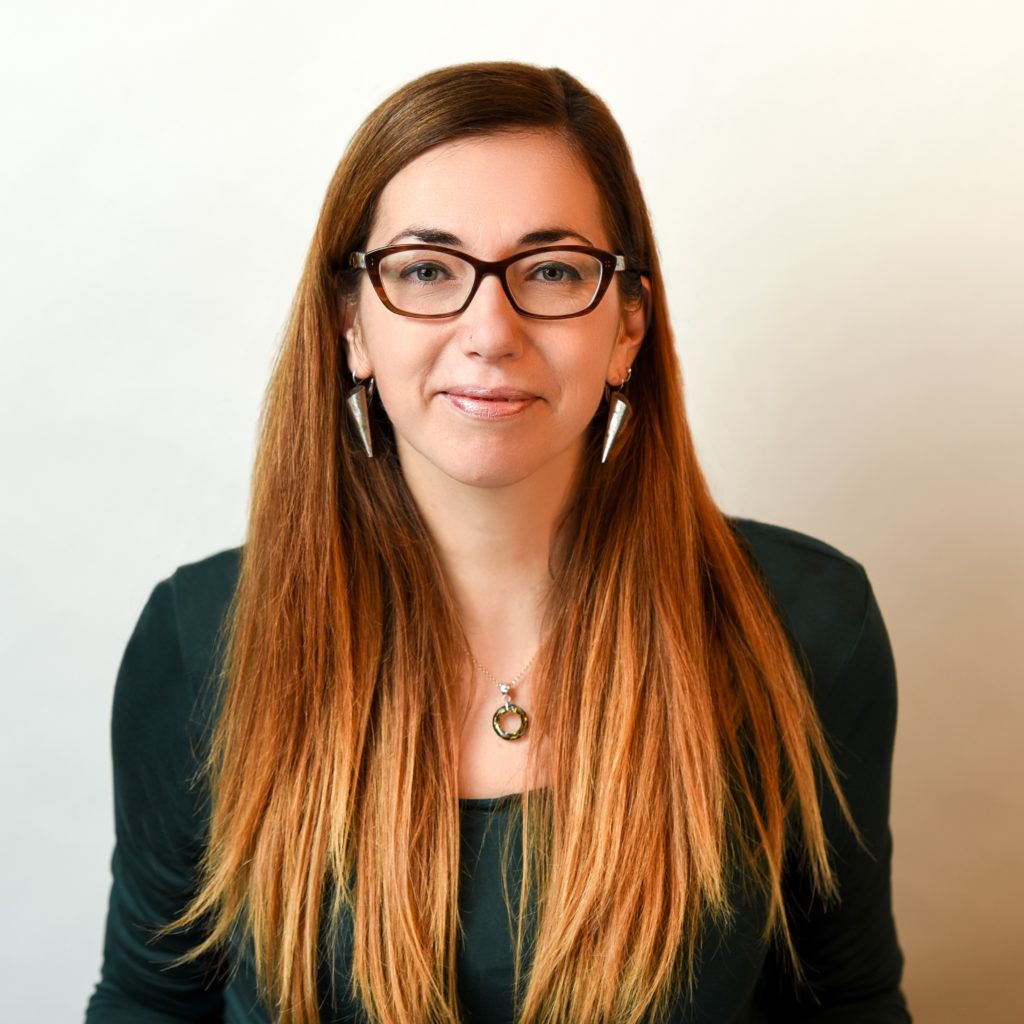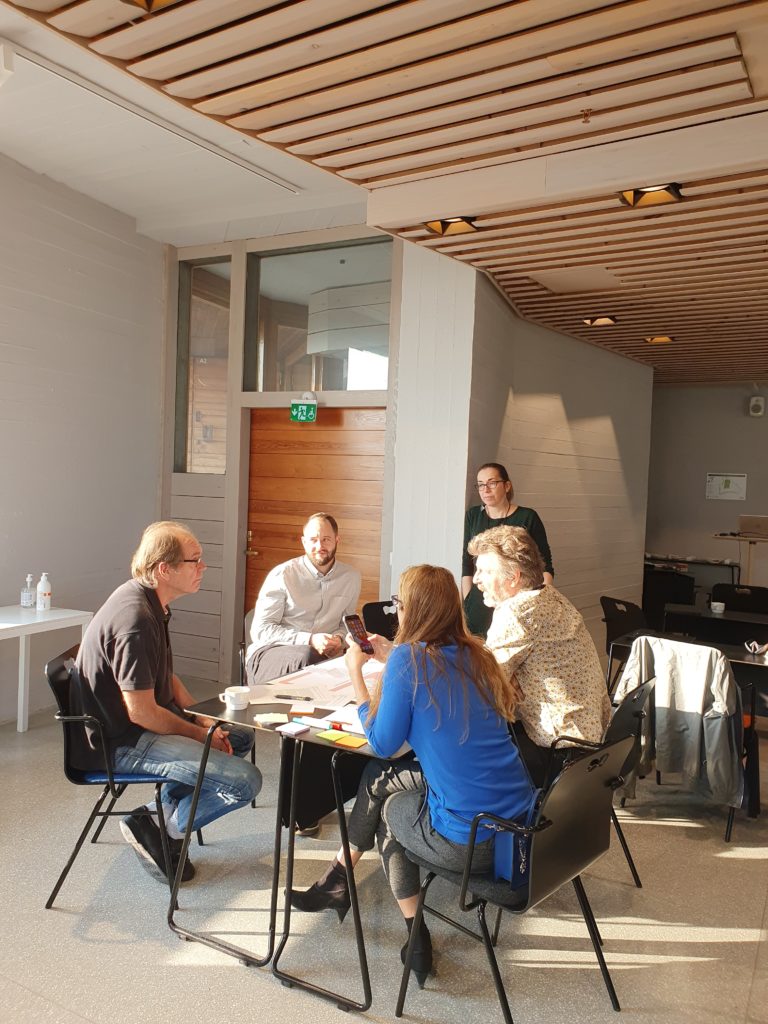Author: Corinna Casi
The beginning of a new journey: The ValueBioMat project
Two years and half have passed since the beginning of the ValueBioMat (VBM) project funded by the Strategic Research Council of the Academy of Finland. Since then, my role as Doctoral researcher has evolved immensely: I got more and more responsibilities internally within my team as well as in the VBM project, where I was actively involved in numerous activities. I have been part of the group on law and ethics (Wp5) from the University of Lapland, which aims at identifying regulatory frameworks as well as sustainable values in plastics’ ecosystems.
In the first stage of the project the aim was getting to know all the researchers involved, their expertise and how each of us was connected to the VBM project: the group of the chemists from Aalto university (Wp1) who focus on new material development, the group of the Additive manufacturing and 3D Printing technology engineers (Wp2) also from Aalto University, the group from Aalto School of Industrial Engineering (WP3) responsible for creating new sustainable business models for bio-based materials and products, the researchers from LUKE (Wp4) who focus on the life cycle assessment of plastics and finally the experts from VTT (Wp6), responsible of interaction among all the groups as well as for creating future scenarios for more sustainable practices with plastics. This was made possible via several face-to-face meeting and workshops during the Fall 2019. Those interaction venues were of high importance to bond us as a team and to find a common language, based on which we could then strengthen joint research collaborations. At the time there was no need to specify that the meetings would be in presence…little did we know that a global pandemic would hit the world.
As we know by now, the Corona virus forced us all to move online quickly and readjust all our activities as distance learning. We did not despair in VBM, instead, we immediately started to work on an agile strategy that could enable us to change our plans quickly and in agile manner based on the developments of the pandemic. One good example of what we did was the organization of a morphological analysis as an online workshop, led by VTT and with representatives of every group in VBM. I was representing the law and ethics group. The morphological analysis was a totally new challenge for me, and it took time to understand how this methodology works and how to contribute to this activity. The good side of the online workshop was that all participants, coming from different Finnish locations, were easily able to attend the frequent meetings without wasting time in the transportation means. The less positive side of the online numerous meetings was the attention and involvement decrease of the participants. Despite this fact, the workshop, which lasted about three months, allowed me to know better the participants, their field of expertise, their way of approaching different issues and their perspectives.
The Research Webinar: “Circularity of plastics”
Big part of the Autumn 2020 and Spring 2021 was spent to organize a big Research Webinar as online public event with the title “Circularity of Plastics: experts’ dialogue on sustainable innovations” that was then held on 25.05.2021 (see: https://valuebiomat.fi/researchwebinar2021/). Our idea was to have a highly interactive webinar, having both VBM researchers and external guests presenting on common topics, followed by a workshop to mingle together academics, industries representatives, policymakers and the rest of the audience into a constructive discussion on the Circularity of Plastics and sustainable innovations. I was in the organizing teams and there were several challenges, nonetheless it was a great learning experience where I improved my organizational and diplomatic skills as well as I deepened my knowledge regarding online interactive activities and audience engagement. I also wider my network within and outside Academia, as well as learning to be an active media representative of the VBM activities, especially in Twitter https://twitter.com/valuebiomat and LinkedIn.
The challenges have been numerous, as well as the situation where I have been out of my comfort zone also because I am the only ethical expert in the VBM team, but all this gave me a bust and helped me to evolve and grow a great deal as an academic researcher. I am very grateful because the experience in the VBM project has been invaluable.
Collaborations: publications and projects
During these years, I have been writing some publications about e.g., the non-economic values of nature; the rights of nature and legal pathways of its implementation; minority groups such as Indigenous Peoples like the Sami and traditional ecological knowledge. And at the moment, I am collaborating in two articles with other VBM researchers. One of this on-going writing project is about how to minimize aspects of extractivism via 3Dprinting technology and legal tools, together with Juha Vesala and Rosa Ballardini from the law and ethics group, and several researchers from the Aalto School of Engineers, experts in 3DP. As methodology we are using scenario building, which was a completely new method for me. This choice was very interesting and innovative for the topics of the paper as it included various stages of creation and validation, such as workshops with experts (internal and external to our group of authors) as well as experts’ interviews. The whole process was lengthy and a real challenge, but deeply interesting and I have not learnt this much in a long time! In the second project, I am working with a VBM researcher from the VTT group. We are exploring the difficulties of including a discipline such as ethics in scenarios building and transformation knowledge creation within the VBM research context. Working in this project I learned new tools such as reflective analysis and objective analysis exercises, as well as the identification of value priorities of different actors in the online seminars in Spring 2020. The approach and tools we are using in this paper were also new to me and challenging, but the learning process has been worthwhile and effective.

Reaching audience outside Academia: The Talking Plastics podcast
With other two VBM postdoctoral researchers we are also creating the Talking Plastics podcast (see: https://twitter.com/TalkingPlastics and https://valuebiomat.fi/talking-plastics/). Talking Plastics podcast aims to promote a dialogue between academics and other stakeholders discussing selected important topics on sustainability transitions in plastics ecosystems, this way enabling us, VBM researchers, to communicate our academic results to a wider audience creating, at the same time, a strong societal impact. Working in a multidisciplinary team requires an open-mind attitude, spirit of cooperation, understanding of different fields of research and the willingness to go beyond one’s own comfort zone all qualities that I found and developed during the ValueBioMat project. I found a lot of support, cooperation and teamwork within my own team, the legal and ethical one. I enjoyed working in ValueBioMat and I value it as a successful learning experience.


